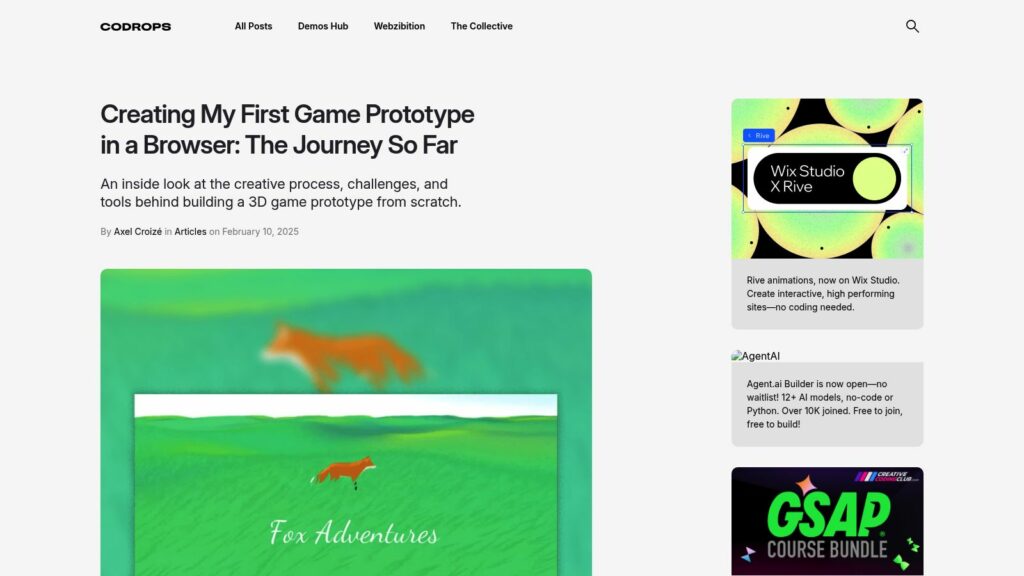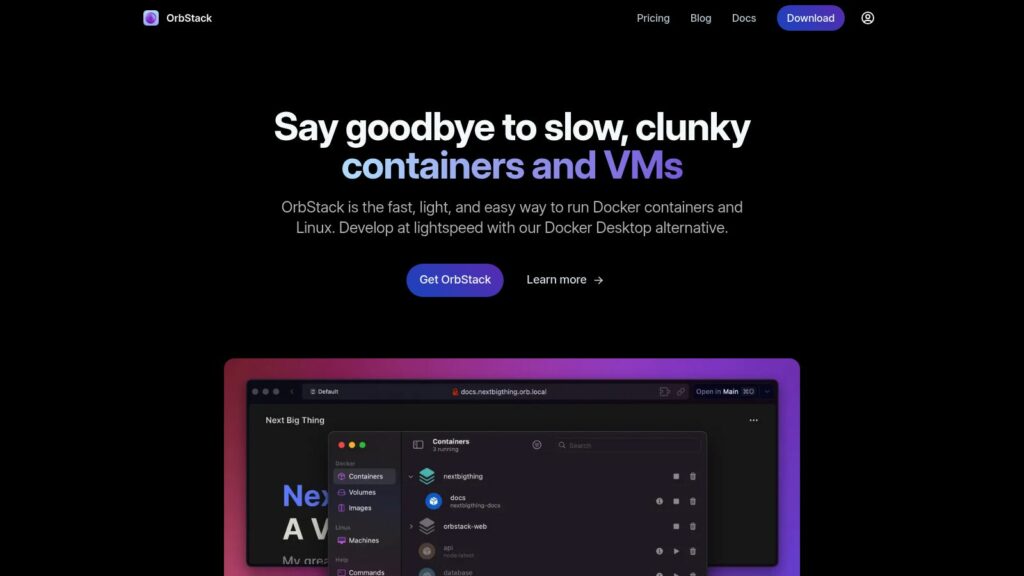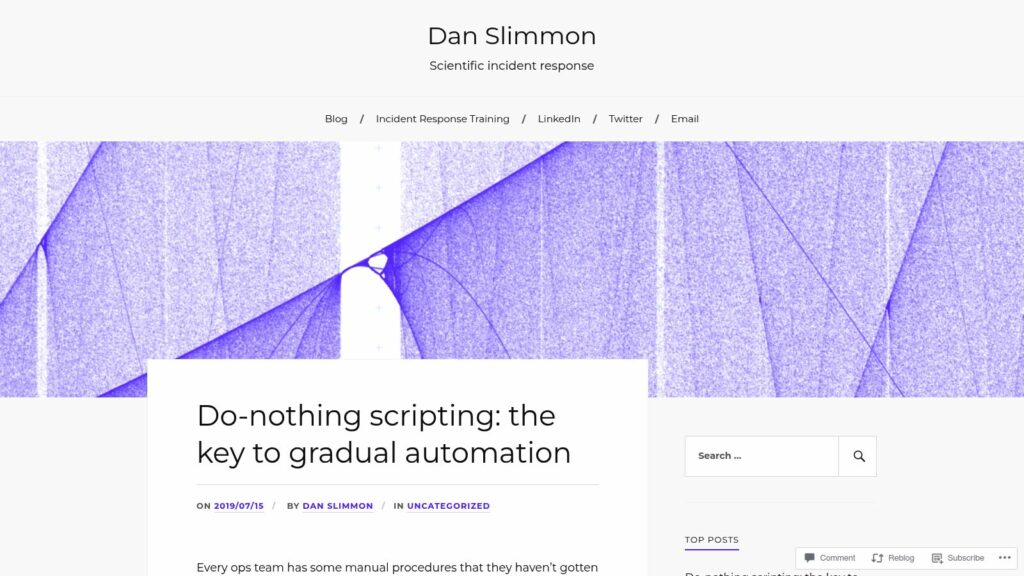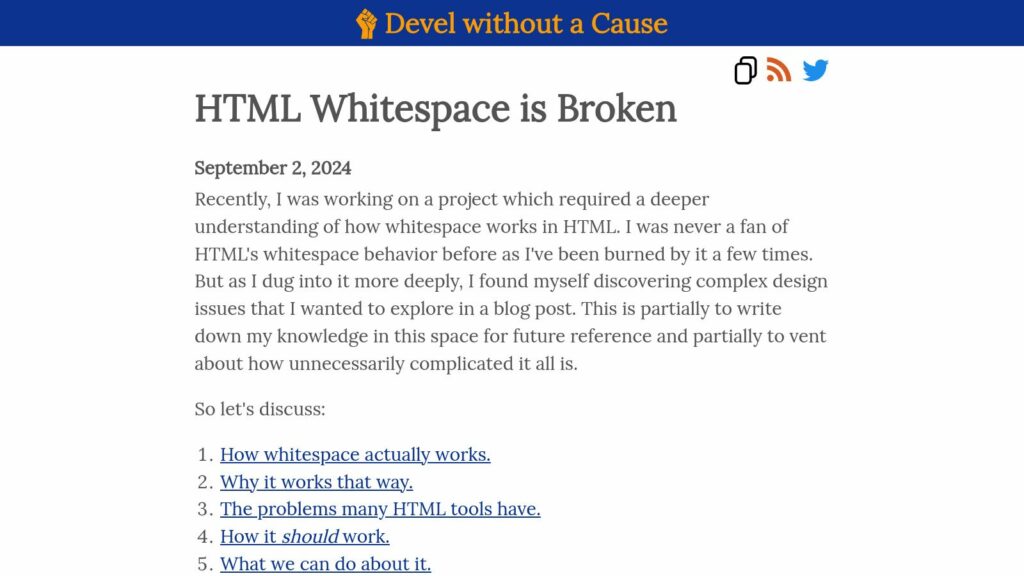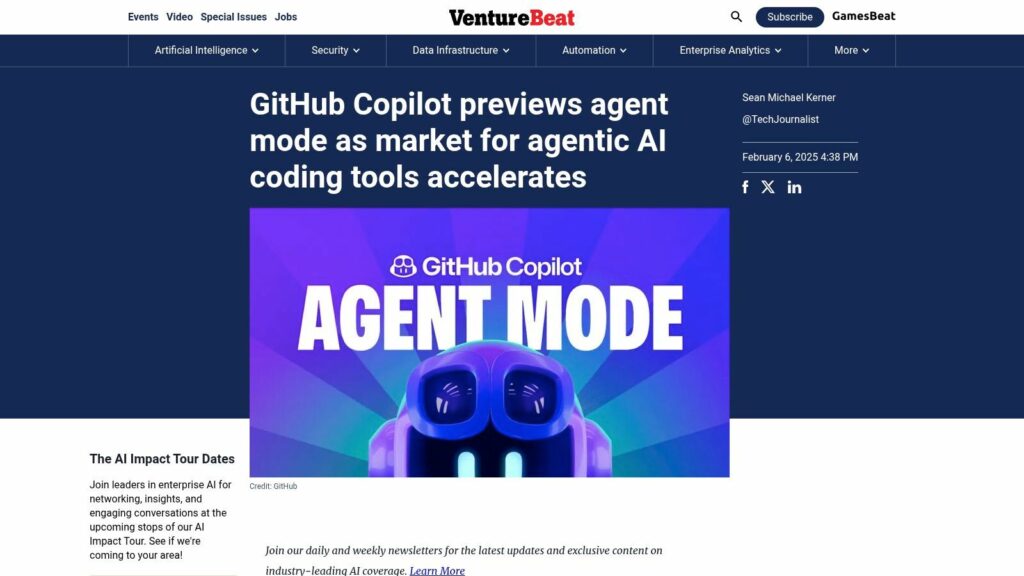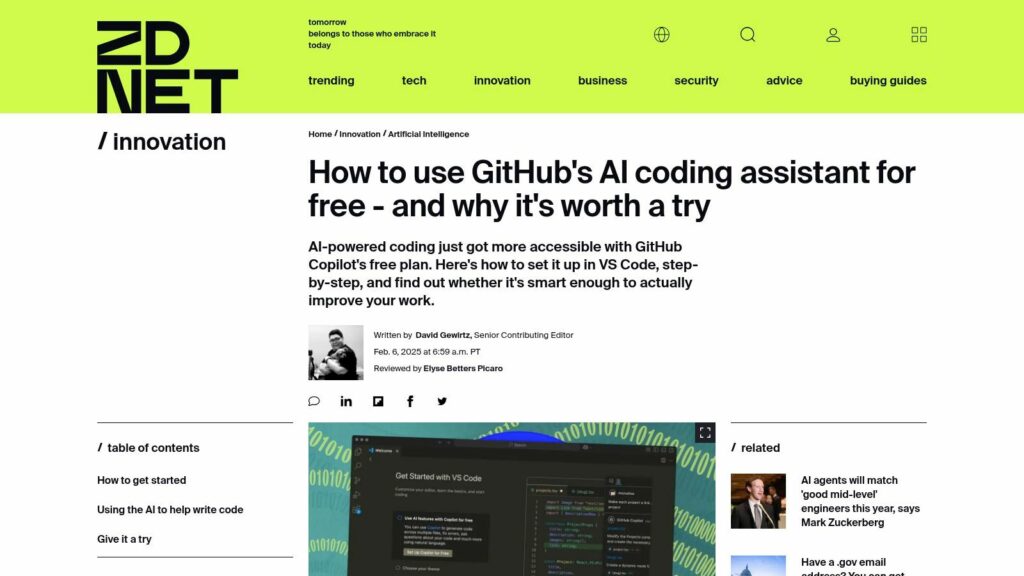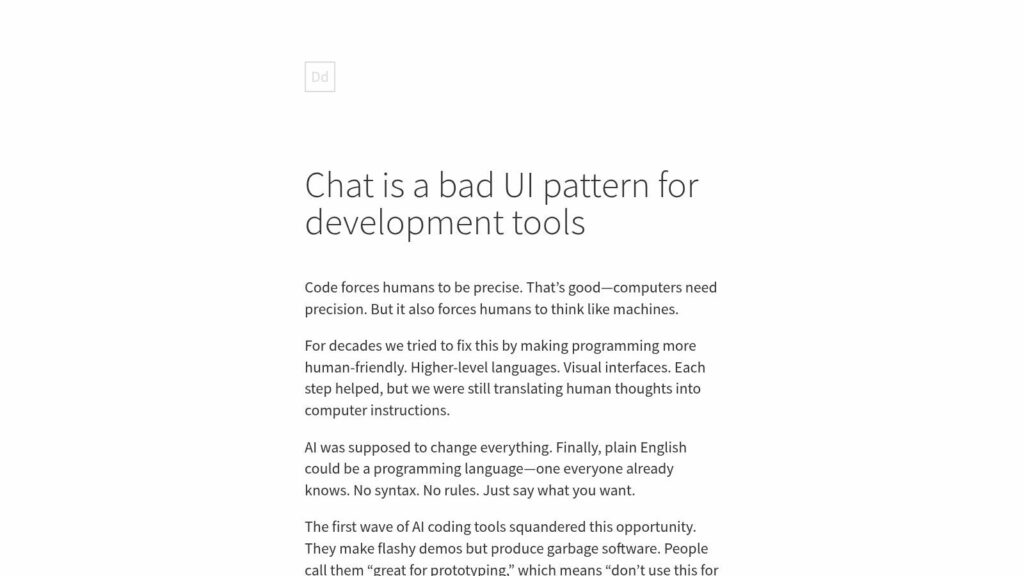Creating My First Game Prototype in a Browser: The Journey So Far
User developing a browser-based 3D game prototype, inspired by Bruno Simon, using Three.js, shaders, and physics engines. Initial idea sparked from a desire to create an interactive environment for exploration, leading to the incorporation of terrain, animated models, and physics definitions. Key features include directional controls, camera movement, grass addition, and plans for gameplay elements like lore and collectibles. The project is ongoing and users can try the current version.

